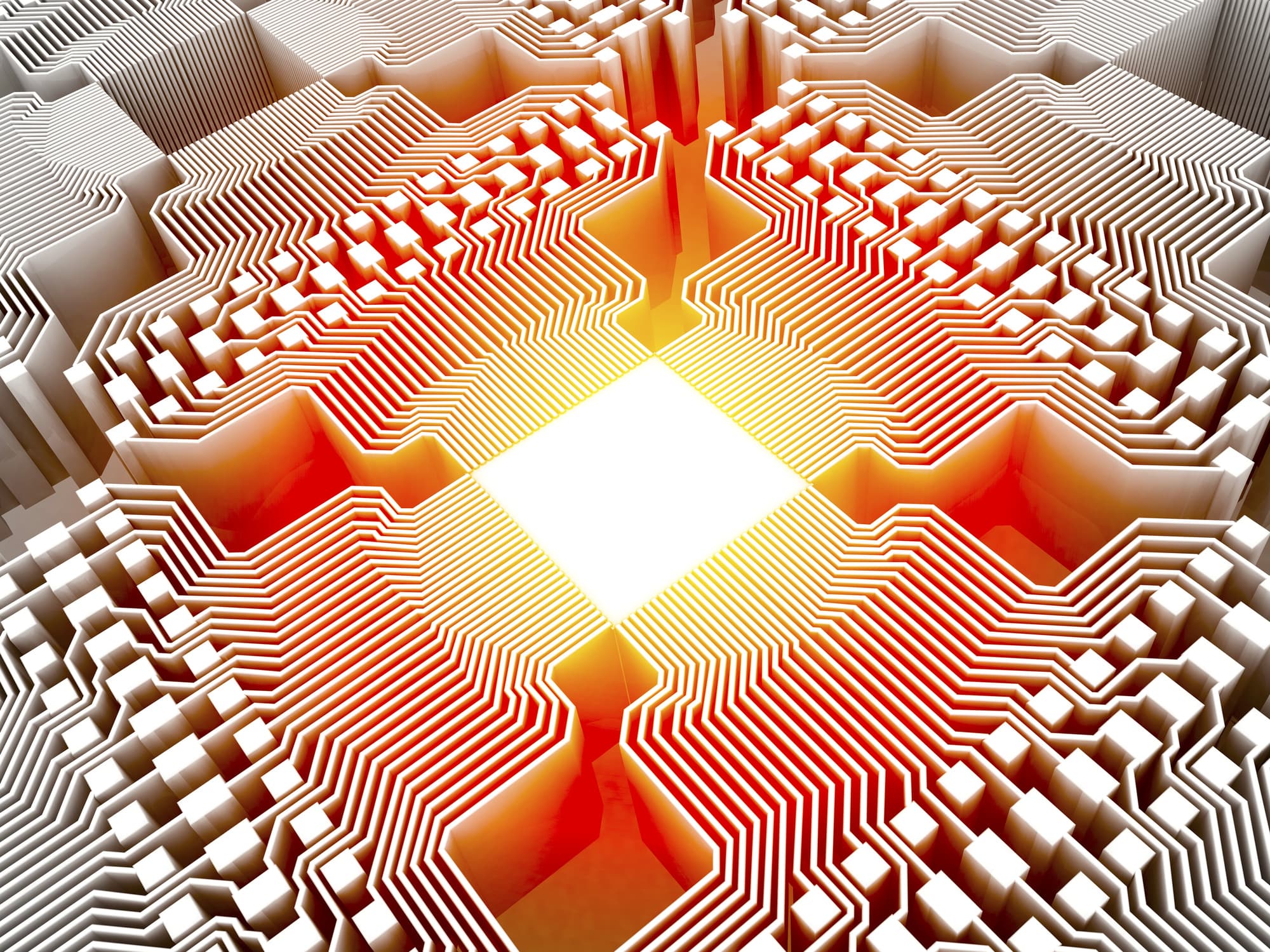Around and Around
Today's working quantum computers are already more powerful than their traditional computing counterparts, but a pair of researchers from the University of Tokyo think they've found a way to make these remarkable machines even more powerful. In a research paper published in Physical Review Letters, Akira Furusawa and Shuntaro Takeda detail their novel approach to quantum computing that should allow the machines to perform a far greater number of computations than other quantum computers.
At the center of their new method is a basic optical quantum computing system — a quantum computer that uses photons (light particles) as quantum bits (qubits) — that Furusawa devised in 2013.
This machine occupies a space of roughly 6.3 square meters (67 square feet) and can handle only a single pulse of light, and increasing its capabilities requires the connecting of several of these large units together, so instead of looking into ways to increase its power by expanding the system's hardware, the researchers devised a way to make one machine accommodate many pulses of light via a loop circuit.
In theory, multiple light pulses, each carrying information, could go around the circuit indefinitely. This would allow the circuit to perform multiple tasks, switching from one to another by instant manipulation of the light pulses.
The Power of Qubits
Unlike traditional binary bits that are either a one or a zero, qubits are entangled particles that can be either a one, a zero, or both at the same time. These qubits allow quantum computers to perform computations much faster than regular computers can, but most quantum computing models today can manipulate only a dozen or so qubits. Earlier this year, a team of Russian researchers revealed their quantum computer that could handle 51 qubits, and that was a huge breakthrough in the field.
Furusawa and Takeda believe they've managed to go well beyond this, asserting in a press release that one of their circuits is theoretically capable of processing over a million qubits. That sort of computing power is unlike anything we've ever experienced before. It would be enough to solve the greatest computing problems of today, facilitating breakthroughs in medical research or handling large datasets to improve machine learning models.
The next step is for Furusawa and Takeda to translate their theory into a working model. “We’ll start work to develop the hardware, now that we’ve resolved all problems except how to make a scheme that automatically corrects a calculation error,” Furusawa said, according to The Japan Times. If it works as expected, this system will truly live up to its moniker as the "ultimate" quantum computing method.
Share This Article
